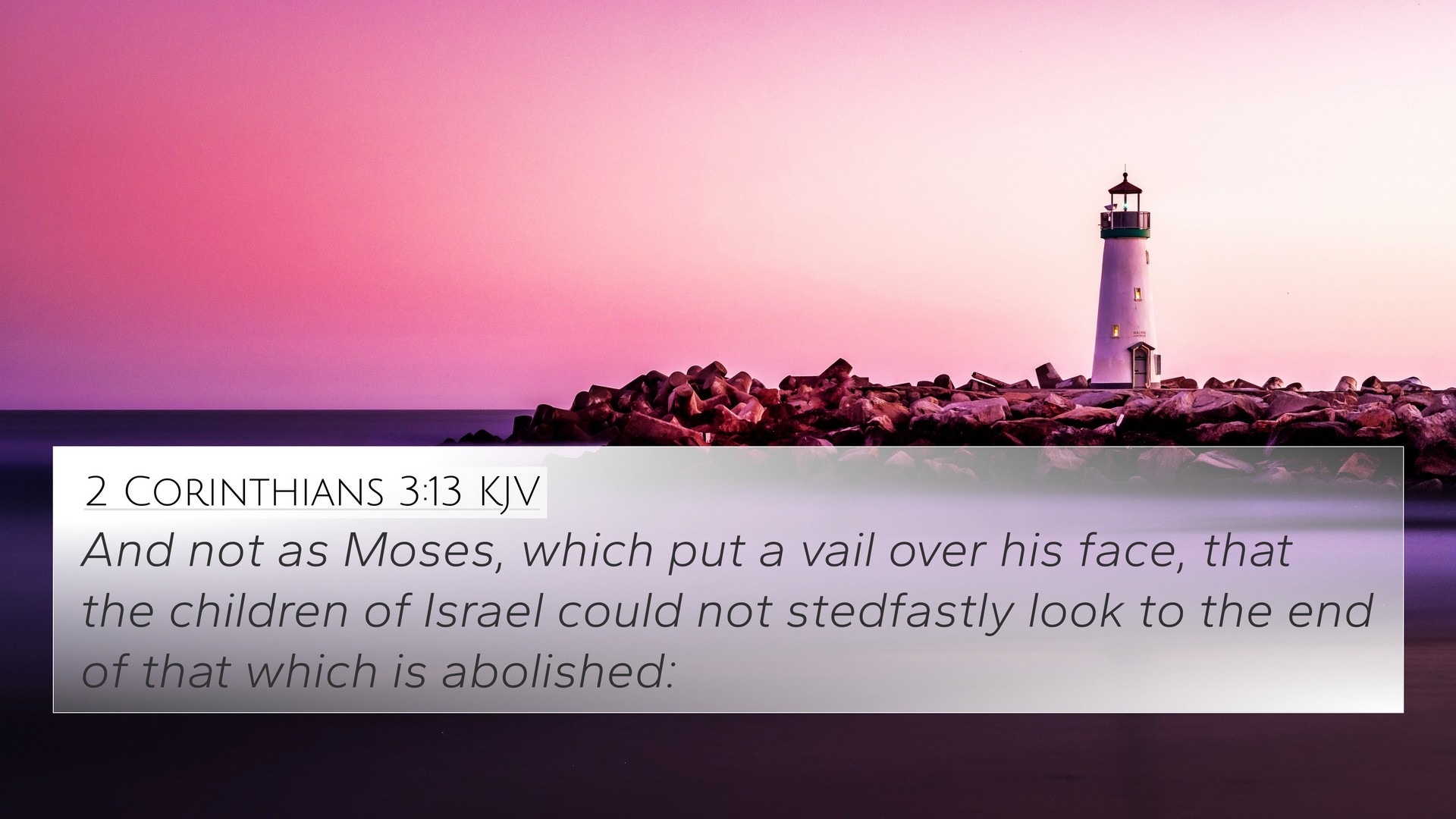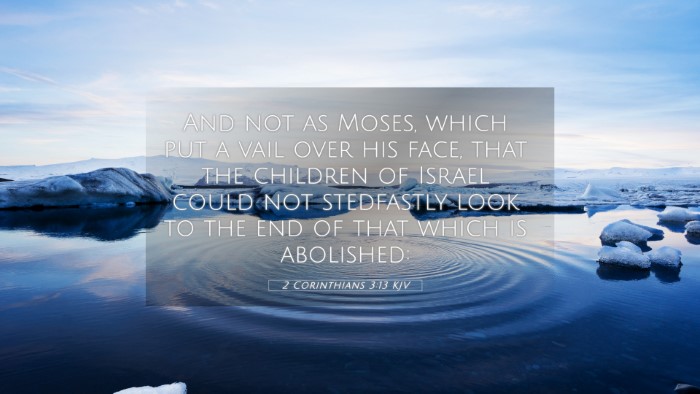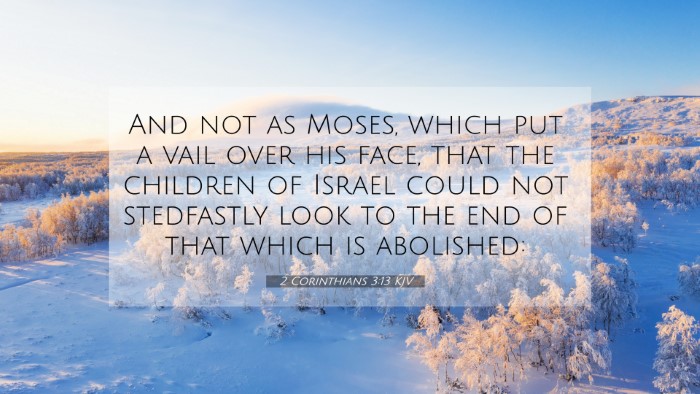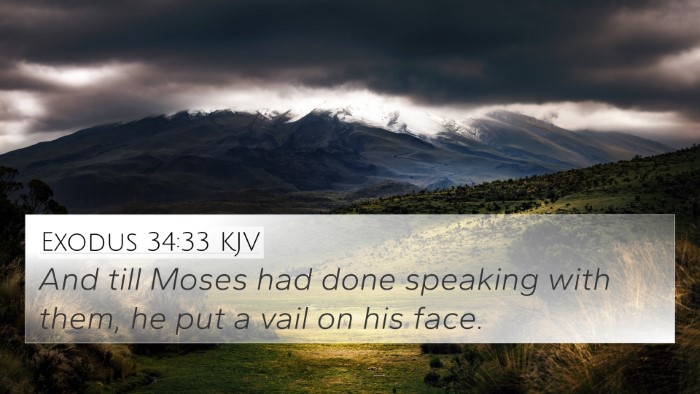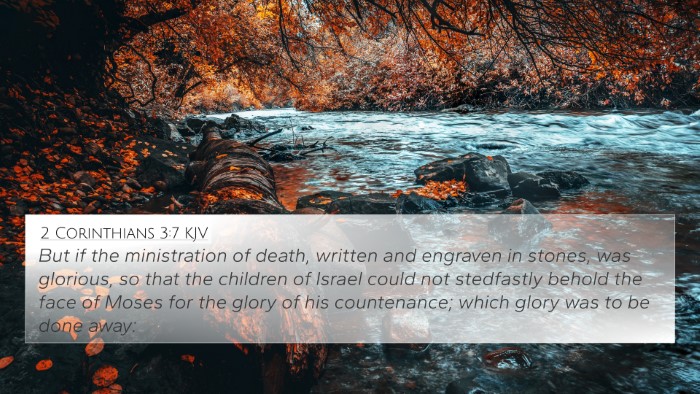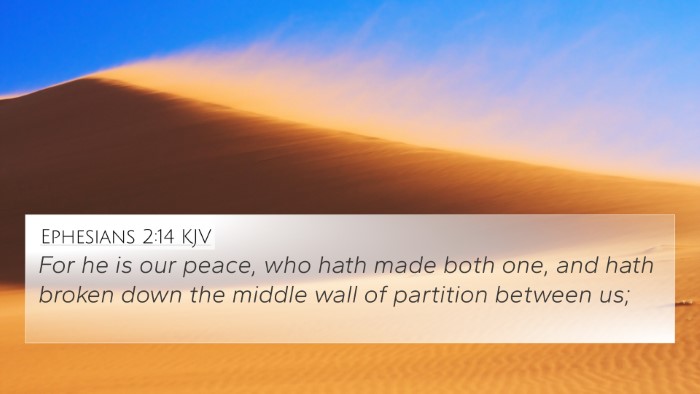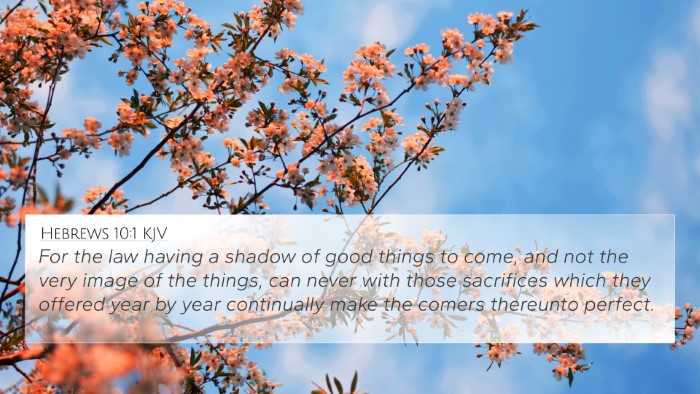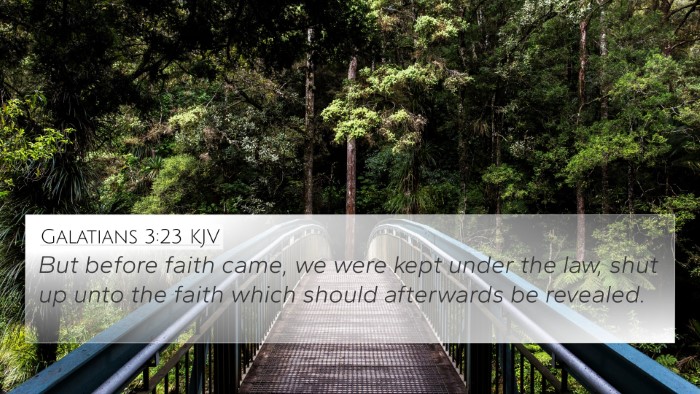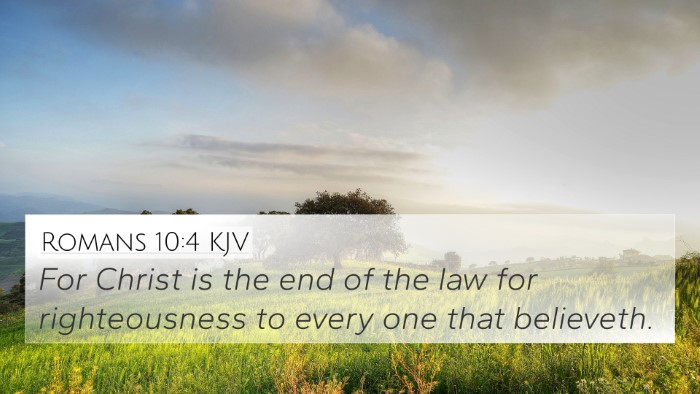Understanding 2 Corinthians 3:13
Verse Text: "And not as Moses, which put a veil over his face, that the children of Israel could not steadfastly look to the end of that which is abolished;" – 2 Corinthians 3:13
Summary of Meaning
The Apostle Paul, in this verse, contrasts the ministry of Moses with that of the New Covenant established through Christ. The veil that Moses wore symbolizes the spiritual blindness and limitations of the Old Covenant, which was destined to be temporary and will ultimately be done away with.
The Context of the Verse
The surrounding chapter discusses the insufficiency of the Old Testament Law in bringing true righteousness and life, highlighting the transformative power of the New Covenant. The reference to Moses comes from the account in Exodus 34:29-35, where Moses' face shone with the glory of God after receiving the commandments, but he veiled his face to shield the Israelites from the fading glory.
Insights from Public Domain Commentaries
-
Matthew Henry:
Henry emphasizes that the veil signifies the limit of the Old Testament's revelation. He interprets Moses' act of veiling as a necessary but ultimately inadequate measure that reflects the temporality of the Old Covenant. This act represents how the people could not see past the symbols and shadows to the coming reality of Christ.
-
Albert Barnes:
Barnes focuses on the implications of the veil in terms of spiritual understanding. He suggests that the veil not only hid the glory but also represents the hardness of the hearts of the Israelites, preventing them from grasping the true purpose of the law, which pointed to Christ. The glory of Moses was fading, which illustrates the temporary nature of the Old Covenant.
-
Adam Clarke:
Clarke elaborates on the seriousness of the legalistic framework that Moses represented. He argues that the veil was a barrier to understanding the full revelation of God through Jesus Christ. The focus is on the transformative work of the Holy Spirit in the New Covenant that unveils the glory of God to those who believe.
Cross-References for 2 Corinthians 3:13
- Exodus 34:29-35: The passage describes Moses’ shining face and the veiling of his face after coming down from Mount Sinai.
- 2 Corinthians 3:14: This verse follows the discussion of the veil, indicating that it remains in place for those who read the Old Testament without understanding allusions to Christ.
- Romans 7:6: Paul speaks about being released from the law, allowing believers to serve in the new way of the Spirit.
- Hebrews 8:13: Mention of the New Covenant and the obsolescence of the old covenant highlights that the first covenant is becoming obsolete and aging.
- Galatians 3:23-25: Discusses the role of the law as a guardian until Christ, illustrating the transition from the law to faith.
- John 1:17: Affirms that the law was given through Moses, but grace and truth came through Jesus Christ, underscoring the thematic shift.
- 2 Corinthians 4:3-4: Paul contrasts the glory of God in Christ with those who are blinded from seeing it.
- Luke 24:44: Jesus emphasizes that the law of Moses and the prophets spoke of Him, showing a continuity between the Old Covenant and New Covenant revelations.
- Matthew 5:17: Jesus' purpose in fulfilling the law, emphasizing that He came not to abolish but to fulfill the law, highlighting the transition.
- Acts 15:10: The early church grapples with how the law applies to Gentile believers, reinforcing the idea of moving away from the veil of the law.
Thematic Connections and Biblical Parallels
This verse serves as a critical juncture in understanding the differences between the old and new covenants. The veiling represents a significant spiritual reality: the limitations of the law in providing true righteousness and clarity regarding God's ultimate plan of salvation through Christ.
Conclusion and Practical Application
For modern believers, 2 Corinthians 3:13 encourages a deeper understanding of Scripture through the lens of Christ. Recognizing the limitations of the Old Covenant facilitates a fuller appreciation of the grace and truth found in the New Covenant. Engaging in comparative Bible verse analysis can lead to a richer spiritual life, enabling believers to understand their faith foundation and recognize the continuity of God's plan from the Old Testament through to the New Testament.
Tools for Further Study
To further explore the connections between Bible verses, utilizing resources such as a Bible concordance and cross-reference guide can aid in discovering deeper insights and thematic bible verse connections. Engaging in cross-referencing Bible study methods allows believers to examine the richness of scripture and understand the broader narrative of God's redemptive history.
